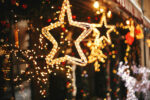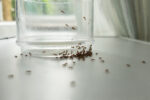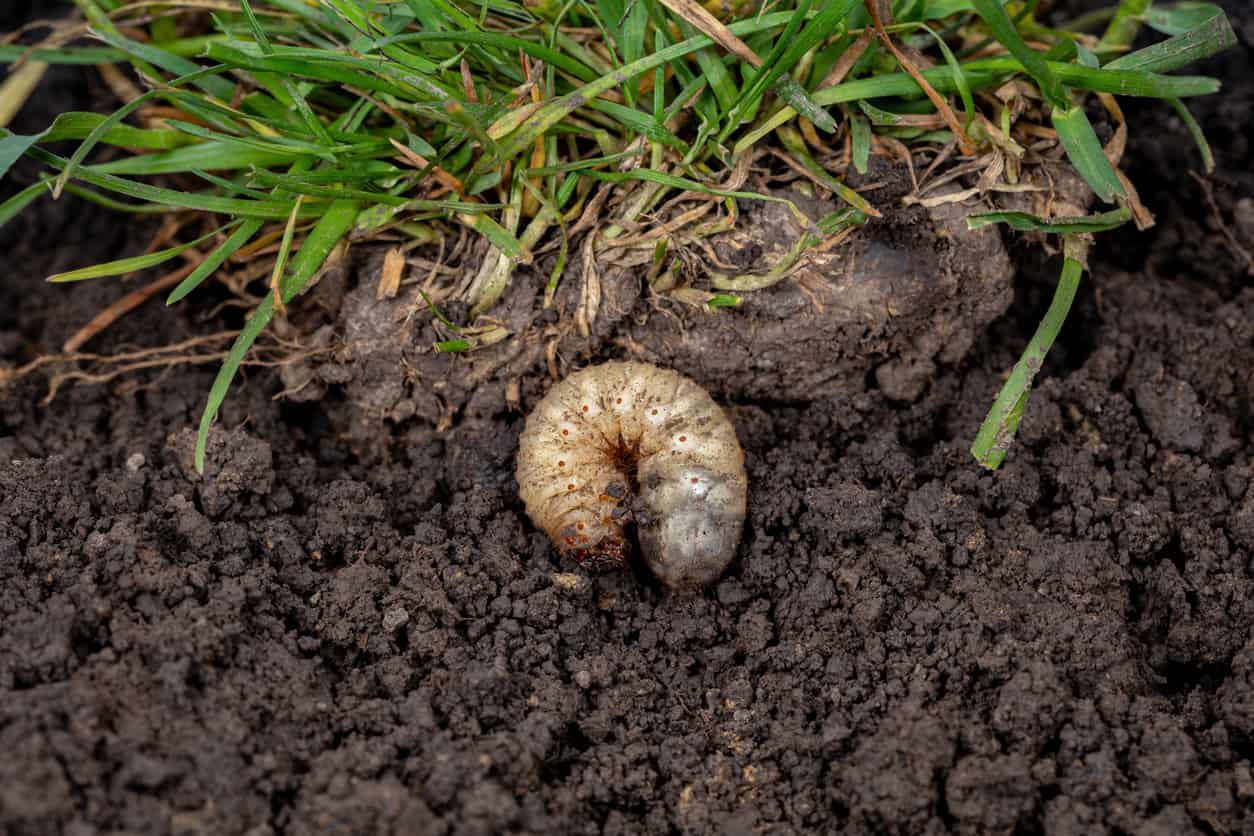
Recognizing and Preventing Lawn Grub Damage This Summer
Maintaining a lush, healthy lawn can be a rewarding yet frustrating experience. You might have the perfect plan for your landscaping, but the presence of lawn grubs can quickly turn your dream lawn into a nightmare. Lawn grubs, a common pest in Florida lawns, are voracious pests that feed on grass roots, causing significant damage, including grass wilting and death. Whether your lawn is made up of South Florida’s common St. Augustine turf, or you’re working to keep your bermudagrass or zoysia turf healthy, you’re likely to find yourself combating lawn grubs.
In this blog, we will explore effective ways to identify, prevent, and treat grub damage in your Florida lawn. By recognizing the signs of infestation and utilizing these efficient methods, you can protect your Florida lawn and keep it looking its best. Need to start treating an ongoing lawn pest issue now? Just call Hulett to schedule a free inspection!
What Are Lawn Grubs?
Lawn grubs, also known as white grubs, are the larval stage of various beetle species, such as Japanese beetles, chafer beetles, scarab beetles, or june bugs. Worm-like in appearance and movement, these C-shaped, cream-colored larvae reside in the soil beneath your lawn, feeding on grass roots and causing damage to the turf.
Grubs typically hatch from eggs in late summer or early fall, and they continue to feed throughout the fall and spring months. During the cooler months of winter, lawn grubs don’t really go away but instead burrow into the dirt, sometimes four or five feet below the surface.
What Does Grub Lawn Damage Look Like?
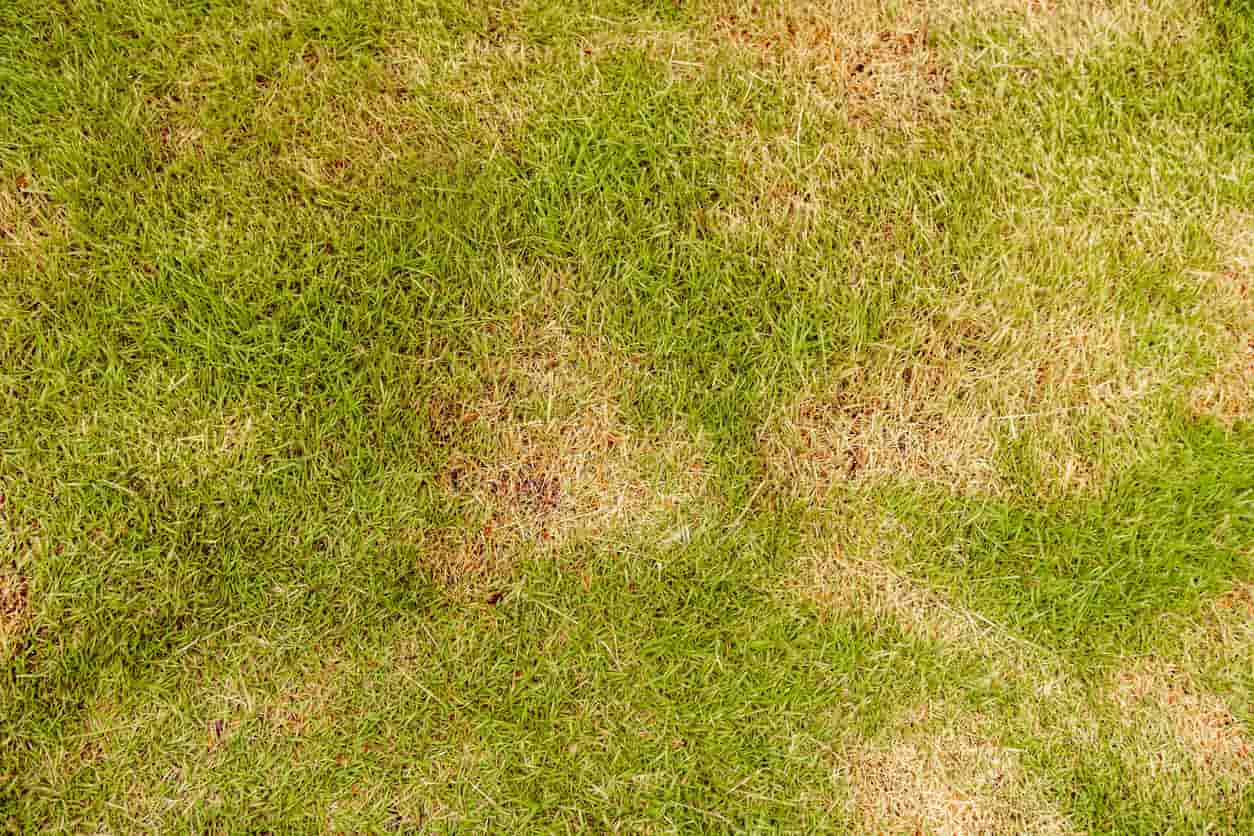
As lawn grub populations grow, they can cause significant harm to grasses, resulting in brown patches, weakened turf, and increased susceptibility to other lawn issues. Due to the very visible damage they cause, addressing grub infestations promptly is essential to maintain a healthy and attractive lawn.
Here are a few common lawn grub damage signs of grubs to look out for:
- Brown or yellow patches. You might notice areas of your lawn turning brown or yellow and not responding to watering and fertilization. While grass wilting and discoloration can signal other lawn issues, such as brown patch fungus, it can also be a sign of grub damage.
- Loose soil. Grubs tend to feed on grass roots, causing the soil to become loose. If you notice sections of your lawn that are easily lifted or peeled back, it may indicate grub activity, as they feed on the grass roots, weakening the turf’s stability.
- Increased wildlife pest activity. Skunks, raccoons, moles, and birds are attracted to lawns infested with grubs, as they serve as a food source. If you spot an increase in wildlife pests, it could signal a grub problem.
Preventive Measures for Lawn Grubs in Florida Lawns
Because warm temperatures and moist conditions can help promote lawn grub growth, many Florida lawns are prone to grub infestations. Prevention is key when it comes to protecting your lawn from grub damage. Follow these steps to help prevent grubs from taking over your lawn:
- Promote a healthy lawn. Maintain proper lawn care by practicing regular mowing, adequate watering, and appropriate fertilization. A healthy lawn can better withstand grub infestations.
- Overseeding and aeration. Although these practices aren’t typically done in the predominant turf type in south Florida, St. Augustine, overseeding your lawn with grass varieties more resistant to grubs can reduce the risk of severe grub damage to your lawn. Additionally, regular aeration helps improve soil health and reduces the chances of grub infestation.
- Avoid excessive thatch. Thatch buildup provides an ideal environment for grubs. Reduce thatch buildup by proper watering, moving, and fertilization practices.
- Encourage beneficial insects. Create a suitable ecosystem. Plan your landscape by planting native plants and shrubs that can best withstand the Florida climate and lawn insect pressures.
Can I Get Pet-Safe Lawn Grub Control?
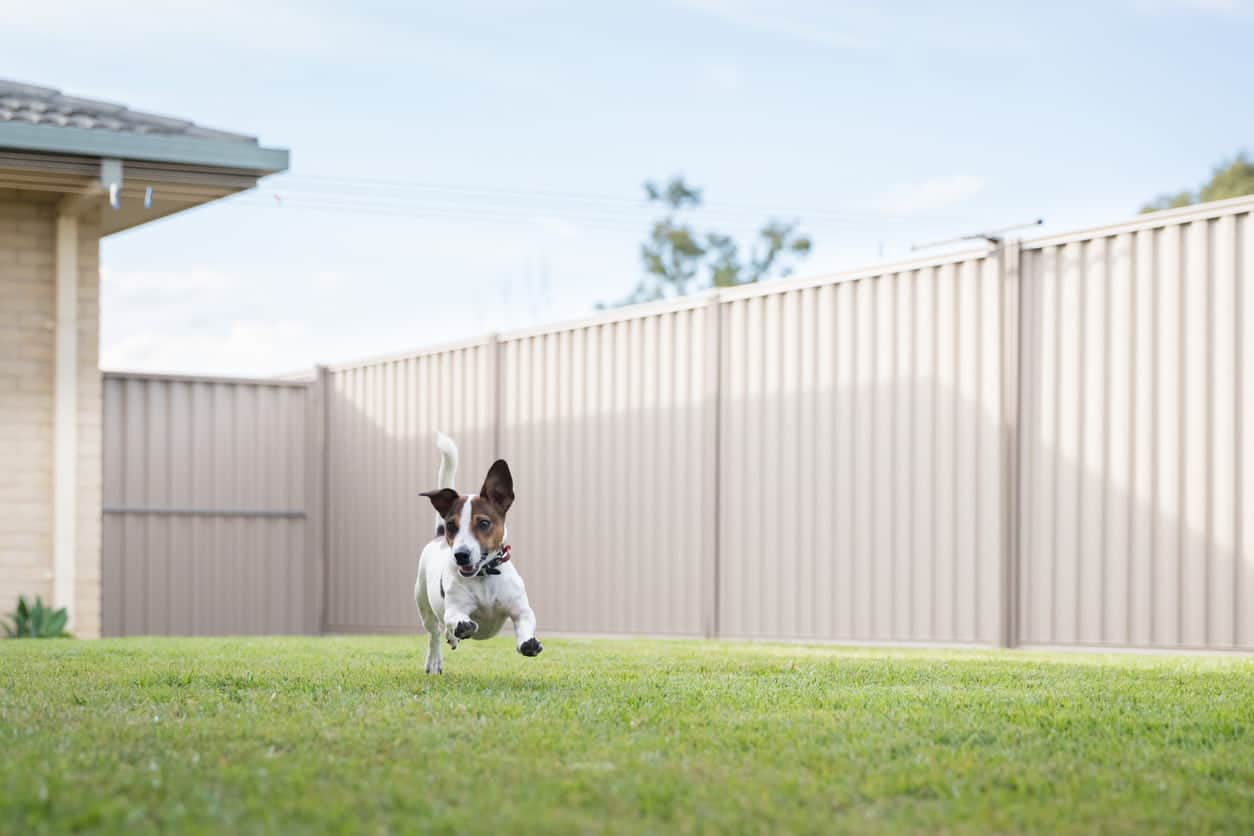
If you notice signs of grub damage or have a history of infestation in your lawn, it’s essential to take action promptly. However, when choosing a grub control solution, it’s crucial to prioritize the safety of your pets, children, and the environment. Professional pest control professionals, like those at Hulett, can help by using grub treatment products that are pet and people-safe, so you don’t have to compromise between your lawn and the health of your pets and family members.
Get Rid of Grubs With Hulett Environmental Services
When dealing with lawn grub damage, it’s best to consult with a professional pest control provider like Hulett Environmental Services. Our lawn pest control and fertilization professionals have the expertise and experience to assess the extent of the grub damage and recommend the most suitable treatment options. Our team will help you identify various lawn health and pest issues to ensure our treatments are on target to help your lawn flourish.
With over 50 years of experience, we pride ourselves on our Healthy Home Guarantee, promising prompt and professional service at every visit. Give us a call today to schedule your free Florida lawn grub and pest inspection today!

